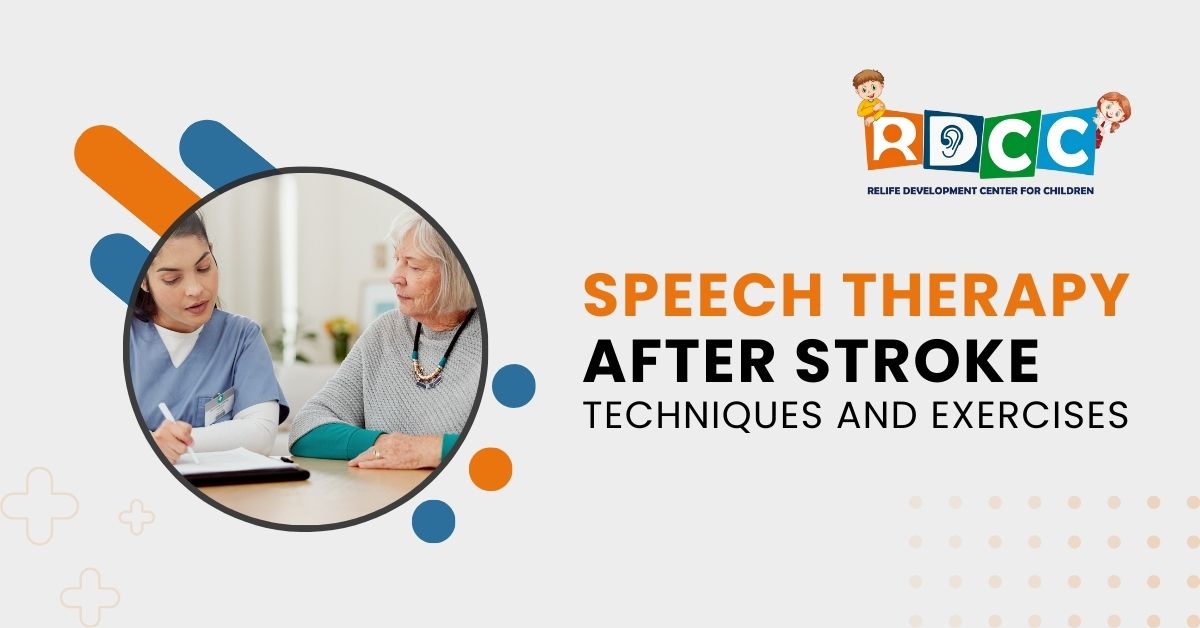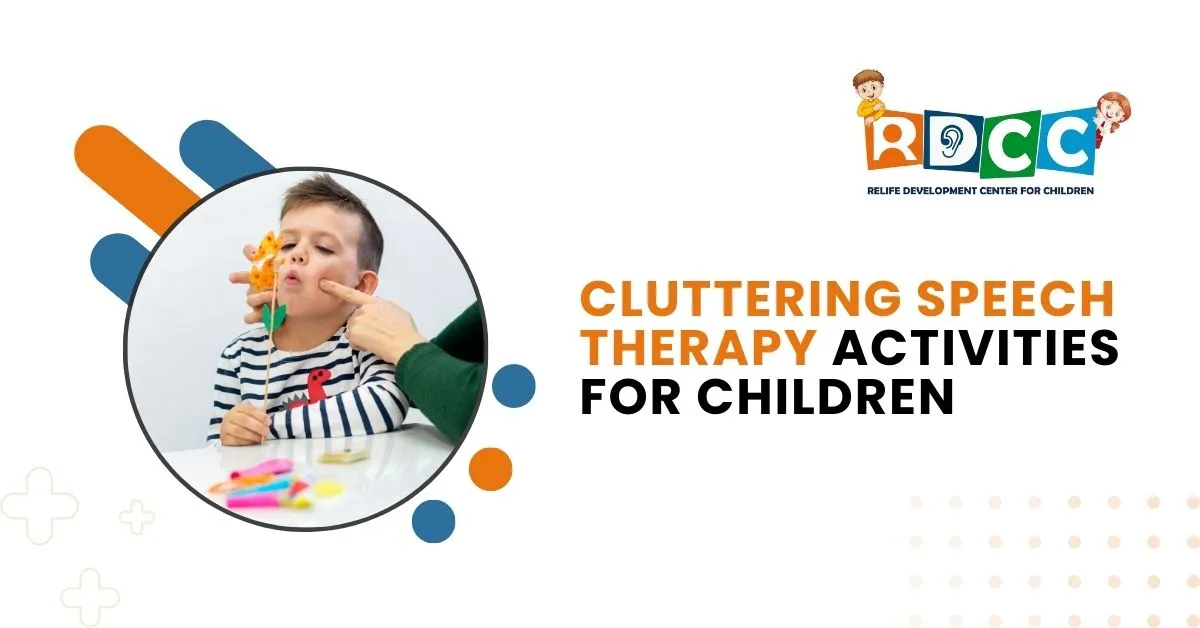
At RDCC Healthcare, Vadodara’s Leading Child Development Centre, we understand the profound impact a stroke can have on Speech and Communication. Speech Therapy plays a crucial role in recovery, helping individuals regain their ability to communicate effectively. Here’s an overview of the Techniques and Exercises used in Speech Therapy After Stroke.
Understanding Speech Therapy After Stroke
A Stroke can lead to a range of Speech and Language Impairments, including Difficulty in Speaking, Understanding, Reading, and Writing. Speech Therapy aims to address these challenges by employing Targeted Techniques and Exercises to Improve Communication Skills.
Techniques and Exercises
Language Exercises
Word-Finding Exercises: These help patients Practice Recalling and using Words Effectively.
Sentence Formation: Patients work on Constructing Sentences to improve Grammatical Skills and Coherence.
Articulation Therapy
Speech Drills: Focus on Practicing Sounds and Pronunciations to Enhance Clarity and Intelligibility.
Phoneme Practice: Exercises involve Repeating Specific Sounds to Strengthen Articulation.
Swallowing Therapy
Swallowing Techniques: Exercises to improve Swallowing Function and prevent Choking or Aspiration.
Mouth Exercises: Strengthen the Muscles involved in Swallowing and Speaking.
Cognitive-Linguistic Therapy
Memory Exercises: Activities designed to Improve Memory, Attention, and Problem-solving Skills, which are often affected after a stroke.
Comprehension Tasks: Exercises to enhance Understanding and Processing of Language.
Benefits of Speech Therapy
Engaging in Speech Therapy Post-stroke can lead to Significant Improvements, including:
- Enhanced Communication Abilities
- Improved Clarity and Fluency of Speech
- Better Understanding and Comprehension
- Increased Confidence in Social Interactions
Frequently Asked Questions
What is Speech Therapy After a Stroke?
Speech Therapy after a Stroke involves Techniques and Exercises designed to Improve Speech, Language, and Swallowing Abilities affected by the Stroke.
What Techniques are Used in Speech Therapy for Stroke Patients?
Techniques include Language Exercises, Articulation Therapy, Swallowing Therapy, and Cognitive-linguistic Therapy.
How can Speech Therapy help with Communication after a Stroke?
It helps by Improving the Clarity of Speech, Language Understanding, and Overall Communication Skills.
How Long Does Speech Therapy Take After a Stroke?
The Duration varies based on Individual Needs and Progress, with Some Patients Benefiting from Long-term Therapy.
Conclusion
At RDCC Healthcare, we are dedicated to supporting stroke survivors through effective Speech Therapy. Our Expert Therapists use Personalized Techniques and Exercises to help you regain your Communication Skills and Improve your Quality of Life. For More Information on Our Speech Therapy Services, Contact RDCC Healthcare Today.




